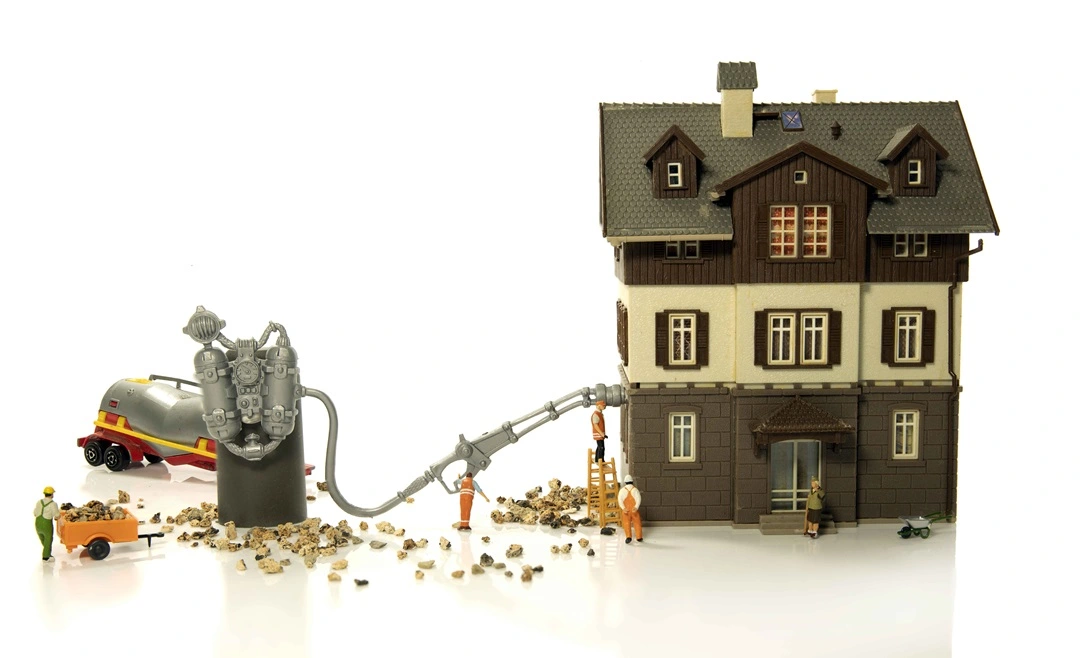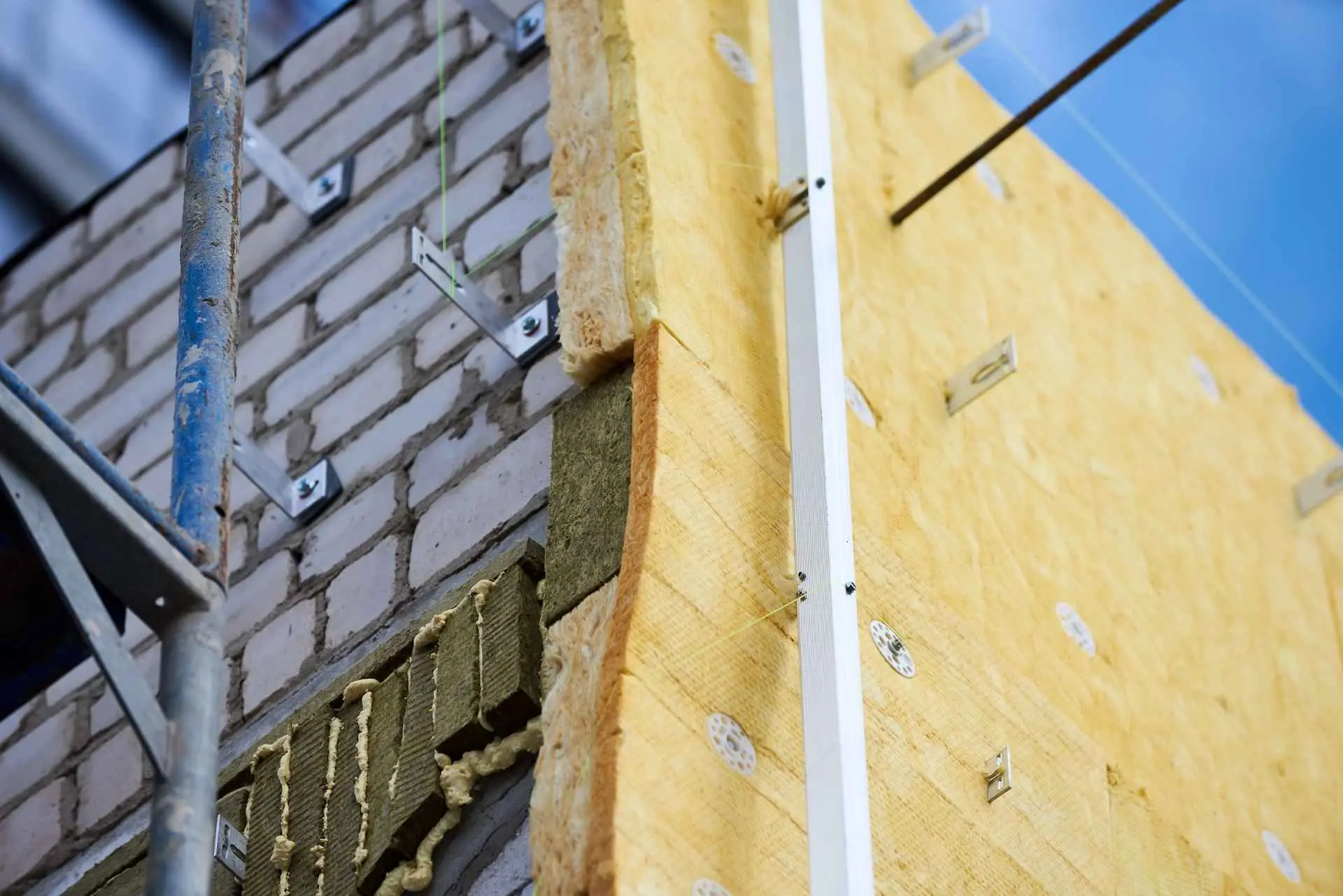Overview
Have you ever felt such an extreme cold in your home that you started to shiver? Do you feel this even with the heating cranked up high? If you have draughty walls in your home, these can be real energy thieves as they take the warmth out and leave your wallet feeling empty. However, you need not to worry at all. There is a simple and effective solution known as cavity wall insulation. An even better point is that now you can get this insulation for free with the help of government-funded grants under the Great Britain Insulation Scheme (GBIS).
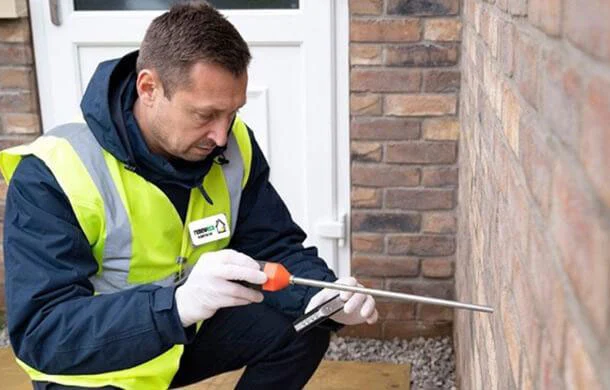
Understanding Cavity Wall Insulation
Cavity wall insulation comes in two types: full fill and partial fill. Most commonly, installers use materials like mineral wool to fill the cavity. They drill small holes in the outer wall and blow the material in until the space is packed.
There is another method called “slab design” that can also use mineral wool or other materials, but it is less common.
Getting professionals to install cavity wall insulation is usually a quick process. It takes just a few hours for an average house with easy-to-reach walls. Before they start filling the cavity, they will check to make sure your walls are suitable or not.
Why Does This Make Your Home More Energy Efficient?
Think of heat like a thief trying to escape your house. In winter, it wants to get out, and in summer, it wants to get in. Without insulation, the cavity acts like a highway for heat to travel. It makes it difficult to maintain a comfortable temperature inside.
Let us understand how cavity wall insulation acts as a solution.
Trapping the Heat
The insulation material acts like a blanket slowing down the heat trying to escape through the walls. This keeps your home warmer for longer in winter, reducing your reliance on the heating system.
Keeping the Sun at Bay
In hot summers, the insulation works the other way around. It helps to block the heat radiating from the sunbaked wall. It helps in keeping your home cooler and reduces the need for air conditioning.
Benefits Beyond Comfort:
Beyond keeping you warm in winter and cool in summer, cavity wall insulation offers a range of other benefits:
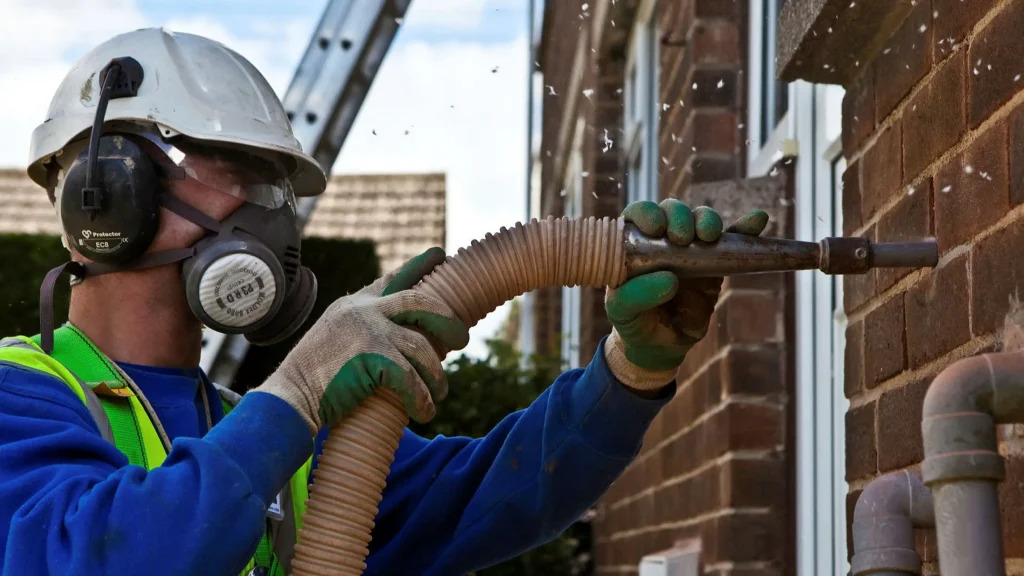

Save Money on Energy Bills
By reducing your reliance on heating and cooling systems, you will see a significant drop in your energy bills. Think of all the extra cash you could have for that vacation or dream iPhone.
Environmentally Friendly
Reducing your energy consumption means burning less fossil fuel. It leads to lower carbon emissions. You will be doing your part in the fight against climate change while saving money.
"*" indicates required fields
Increased Property Value
A well-insulated home is a more attractive proposition for potential buyers. It demonstrates a commitment to energy efficiency, which is becoming increasingly important.
Reduced Noise Pollution
The insulation material can also act as a sound barrier. It stops the outside noise and creates a more peaceful living environment.
Less Condensation
The insulation material can also act as a sound barrier. It stops the outside noise and creates a more peaceful living environment.
Types of Cavity Wall Insulation:
There are a few different types of cavity wall insulation, each with its pros and cons. Mineral wool is one of them and it is made from recycled glass or rock. It is a popular choice because it’s affordable and works well. It comes in batts or rolls that fit into the cavity.
Another option is cavity beads. These are tiny, lightweight polystyrene balls that are easy to inject into the cavity through small holes. They are a good choice for most cavity sizes because they can easily fill any gaps.
The last option is foam insulation. This comes as a liquid that’s pumped into the cavity. The liquid then expands to fill all the cavities.
Inspecting Your Wall Types
The first step is to consider the age of your home. Homes built after the 1920s are more likely to have cavity walls, while older homes typically have solid walls. However, there are other ways to get a clue.
Take a close look at the brickwork on your walls. If all the bricks are the same size and laid neatly in a straight line, you might have a cavity wall. On the other hand, solid walls often have a mix of full-size and half-size bricks, creating a more varied pattern.
Lastly, grab a tape measure and check the thickness of your walls. If a wall is thicker than 30 centimeters, it could have a cavity inside. Walls thinner than 30 centimeters are more likely to be solid.
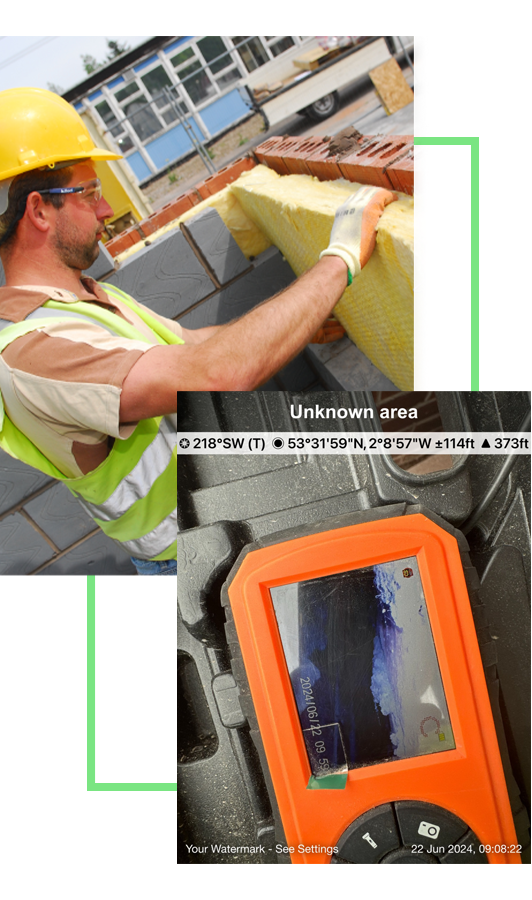
Going With the Best
Choosing the perfect cavity wall insulation for your home is not that simple after all. To make the best decision, consider several factors:
Climate Control
Think about your local weather. Do you battle scorching summers or struggle with cruel winters? The level of thermal performance you need depends on your climate. In hot areas, you might prioritize insulation that keeps heat out, while colder climates might require insulation that excels at trapping warmth inside.
Material Matters
There are different types of cavity wall insulation available, each with its advantages and disadvantages. Mineral wool, Cavity beads and foam insulation are some of the options available in the market.
Cost vs. Performance
Consider the balance between cost and performance. While some insulation materials are cheaper upfront, they might not offer the same level of energy savings as others. Think about the long-term benefits of reduced energy bills when making your choice.
Building Regulations
Make sure the insulation you choose meets all relevant building regulations and safety standards. This ensures your home is properly insulated and complies with local building codes.
Consulting with professional insulation experts can be incredibly helpful. They can assess your specific needs, including factors like moisture control, fire resistance, and the environmental impact of different materials. This personalized advice will ensure you choose the best cavity wall insulation for your home.
Getting Cavity Wall Insulation Installed
Transforming your home into an energy-efficient haven doesn’t require a major overhaul. Cavity wall insulation is a surprisingly simple process and it can significantly improve your home’s comfort.
A qualified installer will first check your walls for any issues like dampness. Then, they will drill tiny holes in the outer brickwork.
The real magic happens next. They will inject insulation material, like mineral wool, into the cavity through these holes. Finally, the holes are sealed seamlessly and it leaves your home ready for harsh weather.
The whole process is quick and takes just a few hours for an average house. Enjoy the benefits of a cozy home without the hassle of a major renovation!
Final Words
The best part is that the residents of the UK can now get cavity wall insulation for free under the GBIS plan. Investing in cavity wall insulation is a smart choice. It keeps your home comfortable, saves money, and helps the environment. So, what are you waiting for? Get in touch with top energy service providers like Heatcore UK and get your insulation done for free.

